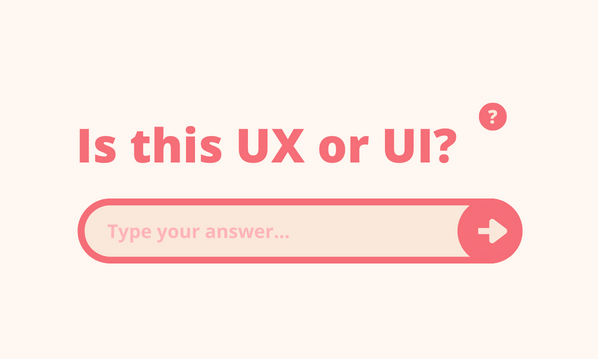
Usability describes how easy it is for a visitor to interact with a website. It covers how well the content is presented, how intuitive the functionality is, and how efficiently users can find their way around and complete tasks.
To make sure your business website has good usability, you need to:
- involve users from the start in your website design
- measure usability accurately
- refine your approach over time
Getting user input
The best way to ensure your site is as helpful as possible is to carry out user experience research – from as early a stage as possible.
The person designing or modifying your website for usability needs to consider user types and the tasks they’re there to do, such as making a purchase or finding information. The decisions that they’re likely to make at each stage of the user journey also need to be carefully thought out.
One popular way to do this is to create ‘personas’ – hypothetical characters which represent different user types and customer segments.
Other ways to get user input include focus groups, prototype trials, surveys and polls. User experience designers can carry out this sort of research for you.
Usability metrics
To get a clear picture of how usable your website is, you need to think of metrics – concrete data you can gather and analyse to see where you could improve. Possible usability metrics are:
- time taken to complete a task
- success rate – that is, whether users can complete a task at all
- subjective ratings given by users – eg a score out of 5 for how intuitive they found the navigation, or how satisfied they were with loading times, for example
Other common web metrics can be helpful as well – for example, click rates, bounce rates, user journey through the site and the rate of abandoned purchases (and at what stage) can all give an insight into problems with usability.
Refine your site
Finally, there’s no point carrying out user research if you don’t put your insights to good use.
You don’t necessarily need to totally overhaul an existing website, if you don’t have the resources. Even a small change could make all the difference to usability – and to conversion rates.





